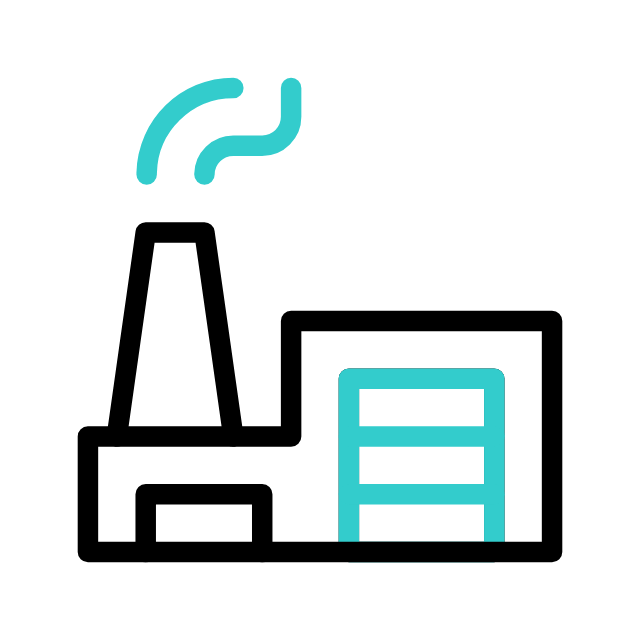CO2 balances of building materials
You have dug deep on our website. Congratulations!
The stark truth is that almost nobody is interested in climate change and climate VCs also want to achieve their multiples with software and "asset light" business models. Building owners are usually satisfied with the Minergie or SNBS / Leed Gold label; how the building is constructed is completely irrelevant. Construction companies and architects follow the principle: the customer is king.
But climate change is a physical problem - we need other energy sources & fuels as well as other building materials. As simple as that.
Here you will find CO2 balances that even a normal person can read. This groundwork formed the basis for the Valley Widnau pilot project. We share it openly and hope you will find it motivating to make a change in your next construction project.
- Andy Keel
Understanding CO balances of building materials.
We have processed the data from KBOB and Ökobaudat for you
Avoid > 50% CO2 emissions
The most important things on the way to #co2netzero is the avoidance of emissions. Because net zero always means that the remaining emissions are reduced to "zero" through offsetting. That's why we need offsetting.
However, as a society we must stop comparing "reductions" with "removals".
We need both.
(see a recent research from Sweden)
From a complex causal chain that we solve with the Openly building system, the following findings have emerged that are valid for every building project:













